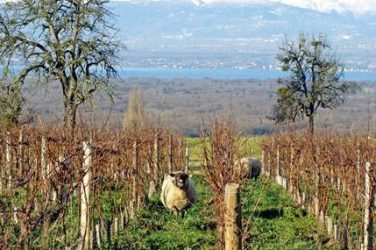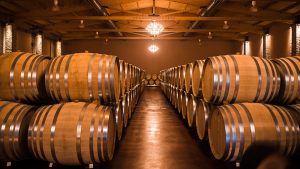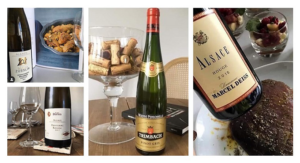
Usually associated with its fine, white wines, Alsace is a goldmine for any wine lover with a taste for real flavour. Its strength? The noble nature of its varietals. Its biggest asset? These cuvées can be enjoyed from aperitif all the way to dessert. Dominant on this terroir with its rich geological history, Alsace’s white wine is also great for serving with fine food. Here’s a meal idea from start to finish to get your mouth watering…
Awaken your tastebuds
Vinified using almost all of the region’s varietals, crémant blanc has aromatic finesse and liveliness enough to really excite your palate! While your guests are settling in, serve some refined cheese cubes or seafood rillettes for the perfect accompaniment. These will bring out the floral and fruity character of this sparkling wine without altering it.
Gentil and Edelzwicker for starters
Whilst Alsace is well-known for the spotlight it puts on its individual varietals, there are also some blends crafted here, and these are Gentil and Edelzwicker. The latter is simply a contraction of the words ‘edel’, which means noble, and ‘zwicker’, which means blend. This means that at least half of the blend must be a noble, regional grape, such as Riesling, Gewurztraminer, Pinot Gris or Muscat. You can serve this kind of wine with little vegetable tarts or a generous salad to let the freshness and vivacity of the wine come through. You’ll be able to make a lovely transition to more complex pairings just afterwards.
Red or white?
Let’s take a moment to rediscover the regional crus that are the pride and joy of Alsace. The diversity of its varieties and its terroirs promises as many different kinds of expression as there are cuvées, bringing the possibility for truly rare, even unique, dish pairings. Here is a run-through, grape by grape:
With its minerality, delicacy, and a certain amount of oomph, Riesling cuvées linger on floral and citrus notes with a certain salinity. This kind of profile leads naturally to pairings with seafood dishes. Lobster, scallops and salmon all respond well to this call.
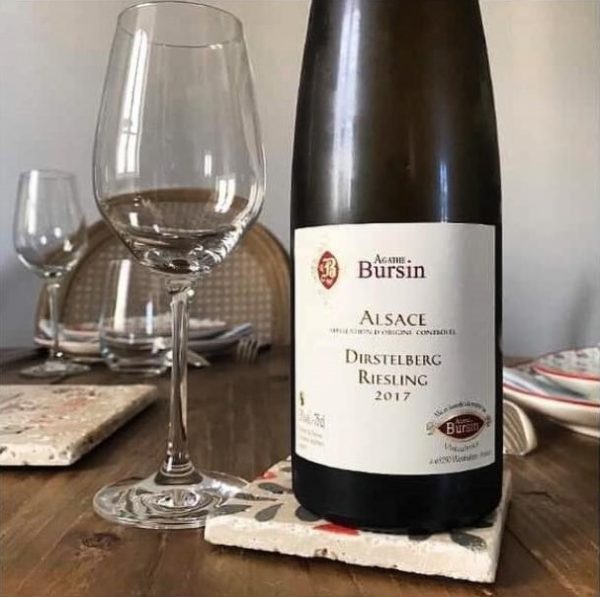
Extremely rich, exuberant even, Gewurztraminer expresses its strength through well-defined appearance and explosive bouquet. Notes of rose, exotic fruit, lychee, citrus and gentle spices evolve wonderfully over time, inviting such interesting plates to the table as a regional sauerkraut, Chinese or Indian dishes.
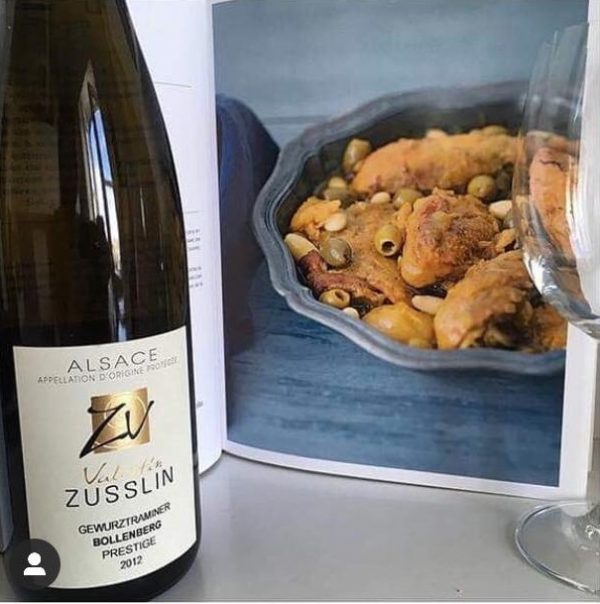
Less intense but no less complex, Pinot Gris makes itself known with smoky, fruity and honeyed notes. Fans of foie gras might want to mix up their usual dessert wine pairing by trying a well-evolved Pinot Gris. Others might want to bring the opulence and tautness of this wine in line with a Thai dish cooked in coconut milk, fleshy fish or roasted poultry.
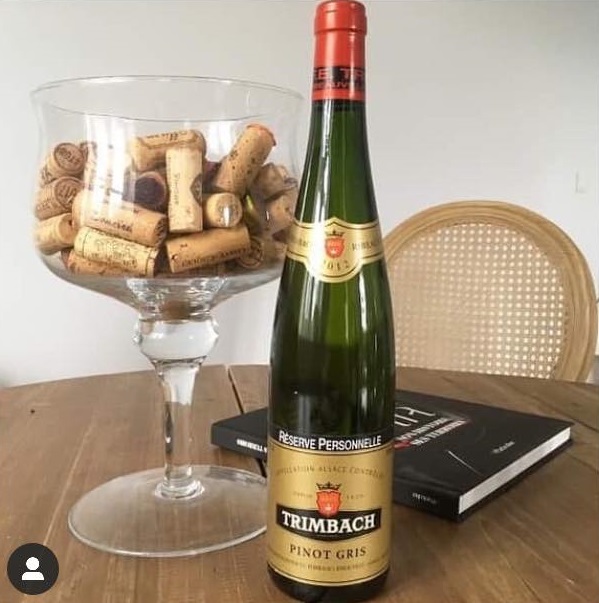
Muscat is another aromatic varietal, even more so than the others perhaps. Its aroma and taste of grape, its dry character and its sweetness will be at their best when served with dishes that other crus would struggle with. Asparagus risotto, herring fillets, roasted garlic and potato gratin have finally found a friend in Alsace’s Muscat.
Since Alsace’s Pinot Noir has nothing to envy of its Burgundian cousin, fans of flavourful and fruity reds will want to pair this wine with delicate meat like poultry and small game, root vegetables and other autumnal dishes. Mushrooms and butternut squash are other ideas you might want to explore!
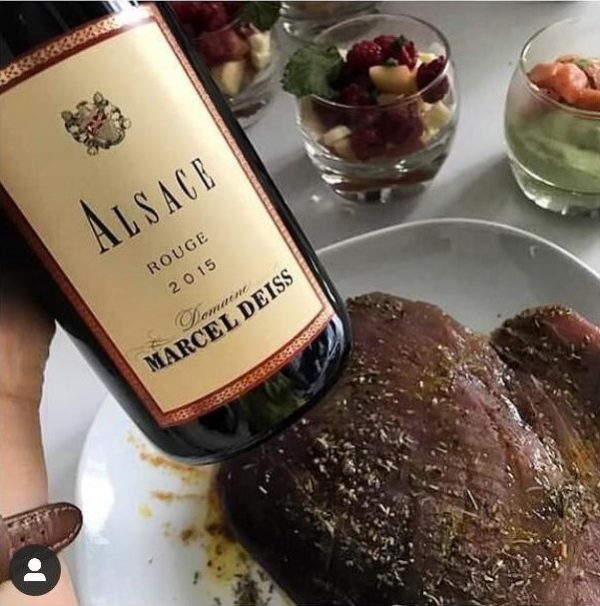
Bring out the cheese board
Putting sweet and salty together is a classic combination and always tempting! Why not try some more audacious pairings? Blue cheese or nutty goats’ cheese with a Vendanges Tardives (late harvest) wine is really good! Our favourite? A regional alliance of course: a Gewurztraminer Vendanges Tardives paired with cumin-seasoned Munster.
Something sweet to round it all off
Since a dessert will often have the corpulence and sweetness of a wine, you should indeed pair it with a sweet cuvée that complements it. With a Sélection de Grains Nobles wine (made from grapes affected by noble rot), consider a dessert with yellow, candied or exotic fruits that will respond well to what’s in your glass.
As you can see, the richness of Alsace’s varietals and the complexity of its terroirs produce white wines that make for wonderful, gastronomic pairings. A final tip? Push things a little further with the works of wine makers like Jean-Michel Deiss who practice complantation for quite striking results!


